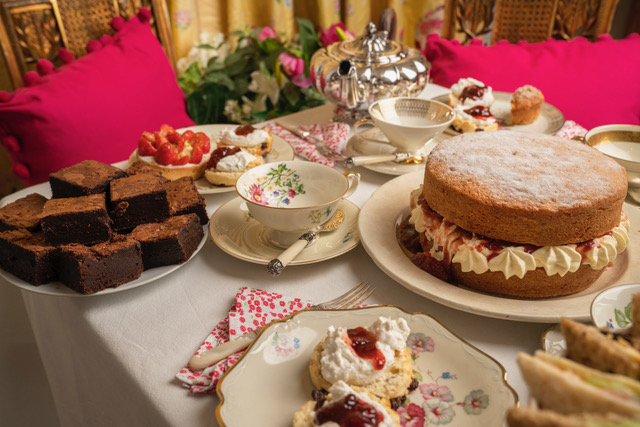“All true tea lovers not only like their tea strong, but like it a little stronger with each year that passes.” – George Orwell, “A Nice Cup of Tea” (1946)
Tea! And all the wonderful thoughts that come to mind when we say that word. There was a time when tea was quite rare to get your hands on, making it very expensive to purchase. As a result, inviting someone over to tea became a fashion statement, along with all the attachments of finery and etiquette associated with it.
Thankfully for us tea enthusiasts, tea is now readily available all around the world. But that doesn’t mean elegant tea parties are no longer popular. In fact, we’re witnessing quite a craze in tea party revivals, and we’re so excited to be a part of it!
Without further ado, here are all the things to keep in mind when making a cup of tea the right way.
INVEST IN A QUALITY TEA SET
If you’re looking to invest in a quality tea set, there really are only a few materials you should consider: silver, porcelain, and glass. All three retain heat extremely well, are aesthetically attractive, and won’t taint the flavour of the tea. Glass tea sets are great for herbal teas like green tea as you’ll get to appreciate the wonderful colour of the tea.
Silver and porcelain are both beautiful, traditional materials. When kept in proper condition through polishing, they only get better with age. As a metal, silver will retain heat like no other. Having a silver tea set is also quite a statement as they can be pricey and can easily stand as decorative items on their own.
Some tea sets are made from porous materials like clay. If they’re not glazed well, the material could absorb the tea and affect the flavour of future cups. That’s why porcelain is perfect. It’s non-porous and super easy to clean!
Fine bone china and steel are also materials worth considering.
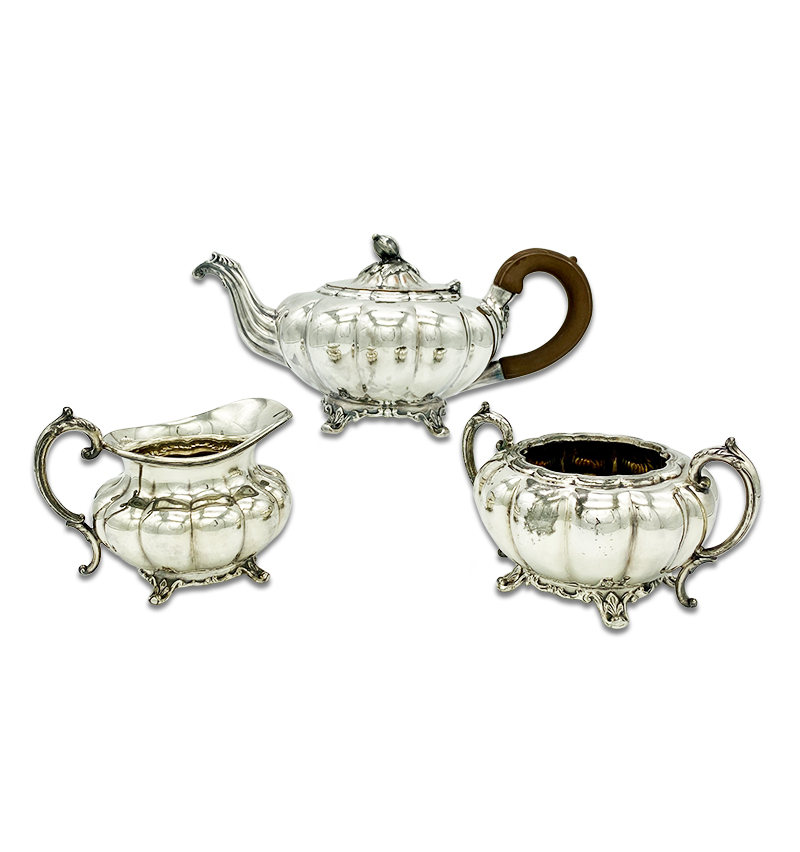
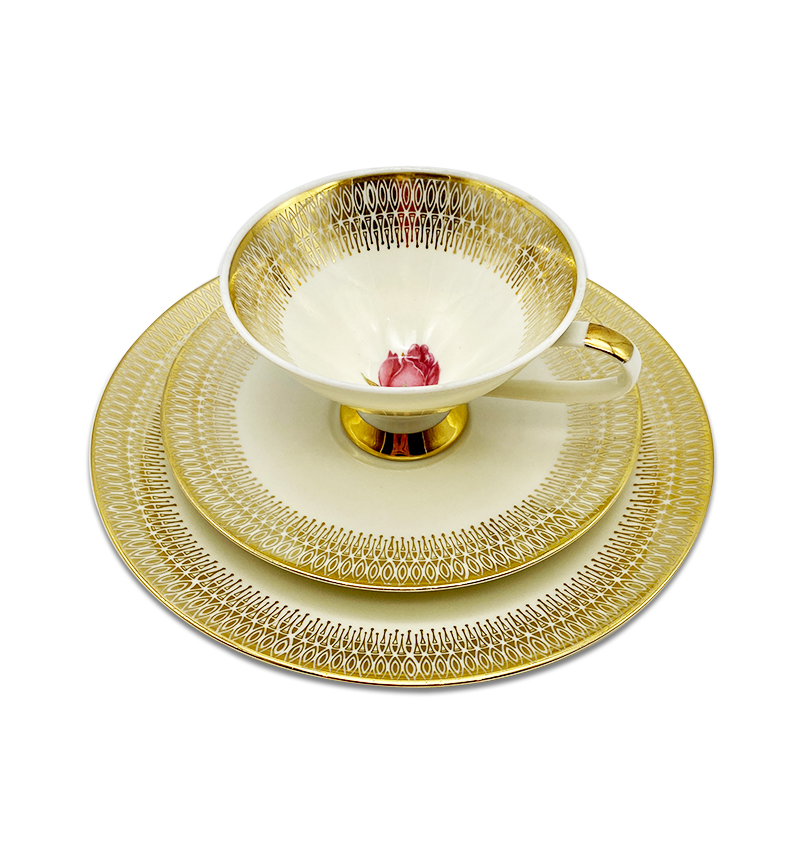
PURISTS CLAIM LOOSE TEA IS BETTER
Some tea purists will tell you that supermarket-grade teabags will never come close to buying loose tea leaves. It might be the case that the type of paper used in teabags could also lead to the tea’s flavour being affected. If you’re careless, using teabags can also lead to over-steeping – it’s not the first time some of us were in the process of making a cup of tea and totally forgotten about it.
If you decide to go with loose tea leaves, make sure that you store them in an air-tight container and in dark, dry areas. Some teas should also be consumed within a certain amount of time.
BOIL SOME FILTERED WATER
Before thinking you need to go on a mountain trek to find the freshest and most natural water for your tea, take a breath – so long as you’re not tap or reheated water, you’re fine. Tap water contains chemicals that will affect the tea’s flavour, and reheated water has basically lost all its oxygen anyway. An electric kettle works just fine, though there are some really high-tech kettles out there that monitor the water’s temperature. Gooseneck kettles are quite popular now, too.
It’s essential that the water is boiled properly to release the tea’s tannins. Otherwise, it’ll be flavourless. However, this doesn’t apply to all types of tea. For example, green tea is far more sensitive to hot water and might taste bitter if too hot.
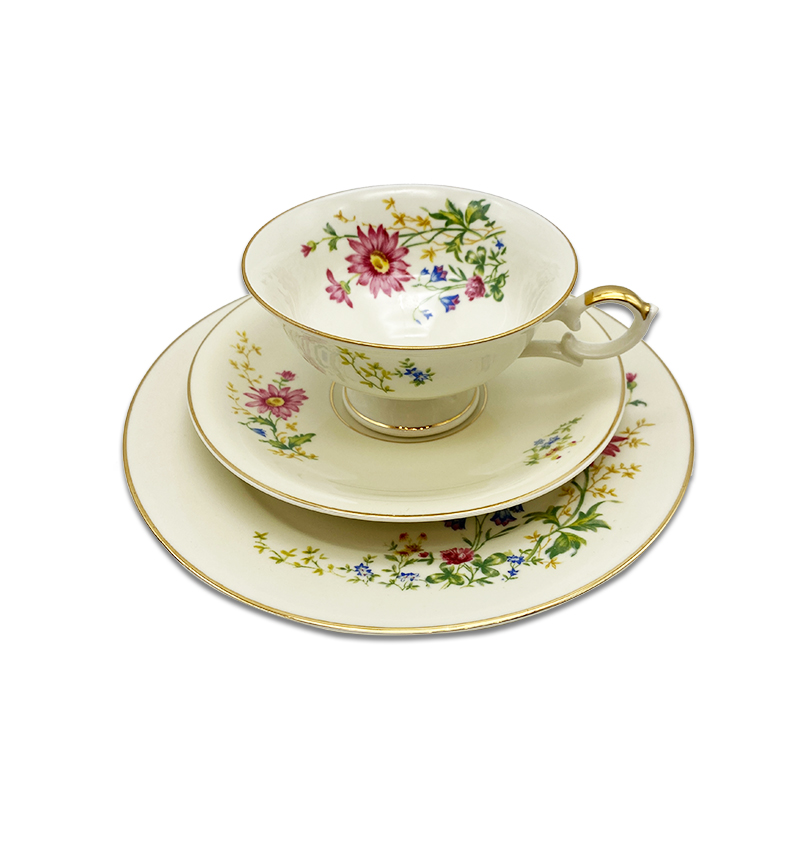
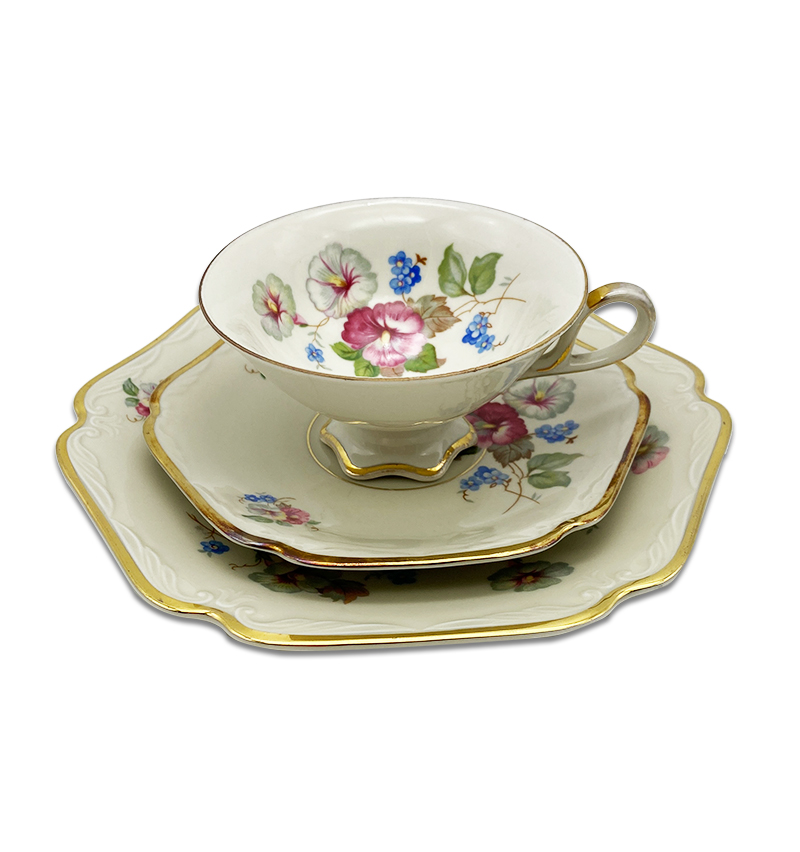
WARM YOUR TEAPOT
Swirl some of the boiled water around in your teapot beforehand. It’s said that this will ensure you’ll get a stronger brew out of the tea as it’ll help keep the temperature stable. It will also prevent your teapot from cracking; if you’re adding boiled water to a teapot that’s at room temperature, the drastic temperature change could damage the material. Once the pot is warmed, throw the used water away.
PLACE YOUR TEA
Some say you shouldn’t add boiled water directly onto your teabag or loose tea, though this differs for each type of tea and their specific preparation. If it’ll make you feel better, fill the teapot first and then scoop the tea into it. If you’re using loose tea leaves, leave the teapot lid open for more oxygen to get in.
You’ll notice that the tea leaves will expand considerably. This is important to keep in mind if you’re using a tea strainer. You don’t have to pack in a huge amount of tea leaves as they won’t have room to expand. Some teapots have built-in strainers, too, making the whole operation a lot easier.
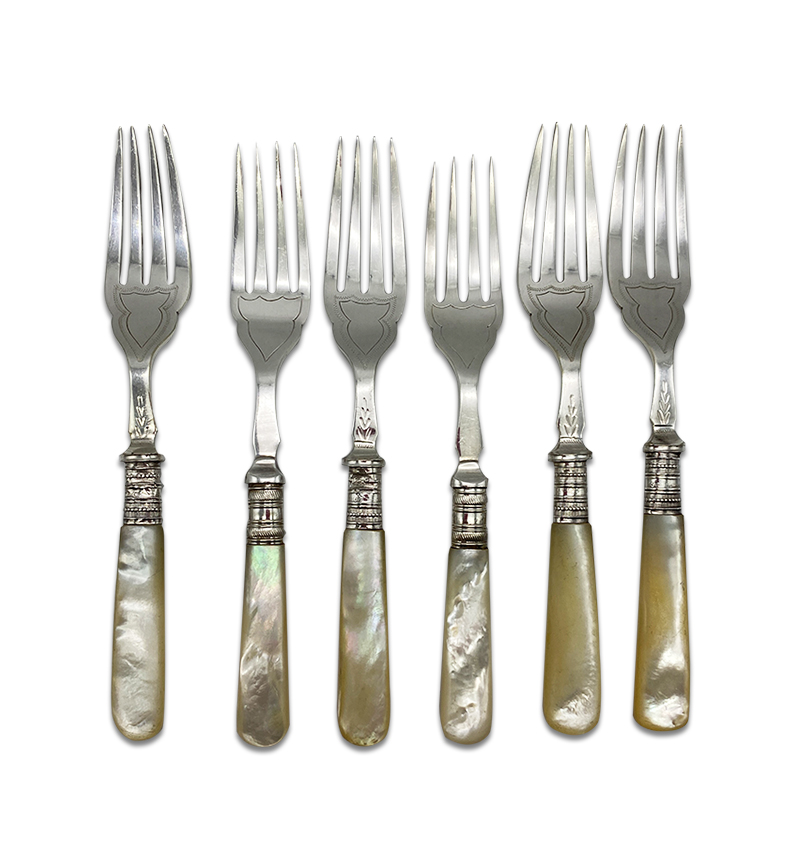
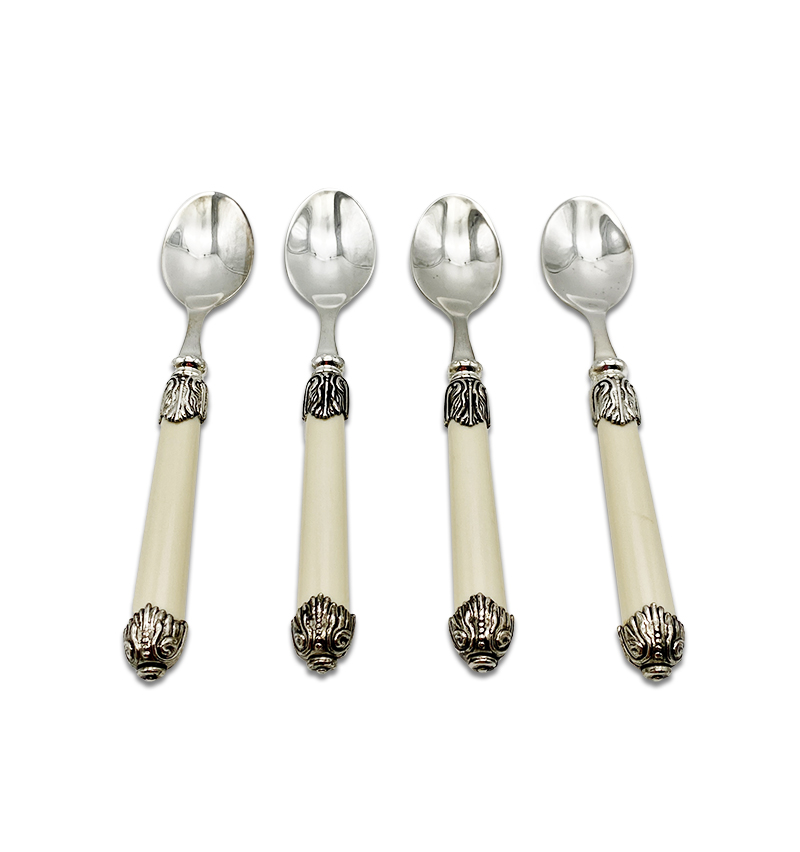
LET THE TEA STEEP
The recommended amount of time to leave the tea steeping in the boiled water is between three to five minutes. Herbal teas should be left steeping for longer than five minutes. The longer you leave the tea, the stronger the flavour will be. That being said, remember that there’s the chance of the flavour also becoming too bitter.
ADD MILK (AND POSSIBLY SUGAR)
After you’ve poured the tea into your chosen cup, it’s time for your chosen additives. Most teas are consumed with milk. And while we’re on the subject, it’s time to do away with a particular misconception about which should be added first: tea or milk. The answer is always tea first, followed by a small quantity of milk. There’s no point drinking tea if you’re only appreciating the milk.
To continue espousing Orwell’s methods in his 1946 essay, a non-creamy type of milk is preferable, and sugar shouldn’t be added. But, of course, everyone has their own preferences. After all, Orwell only believed in drinking Indian or Ceylon tea.
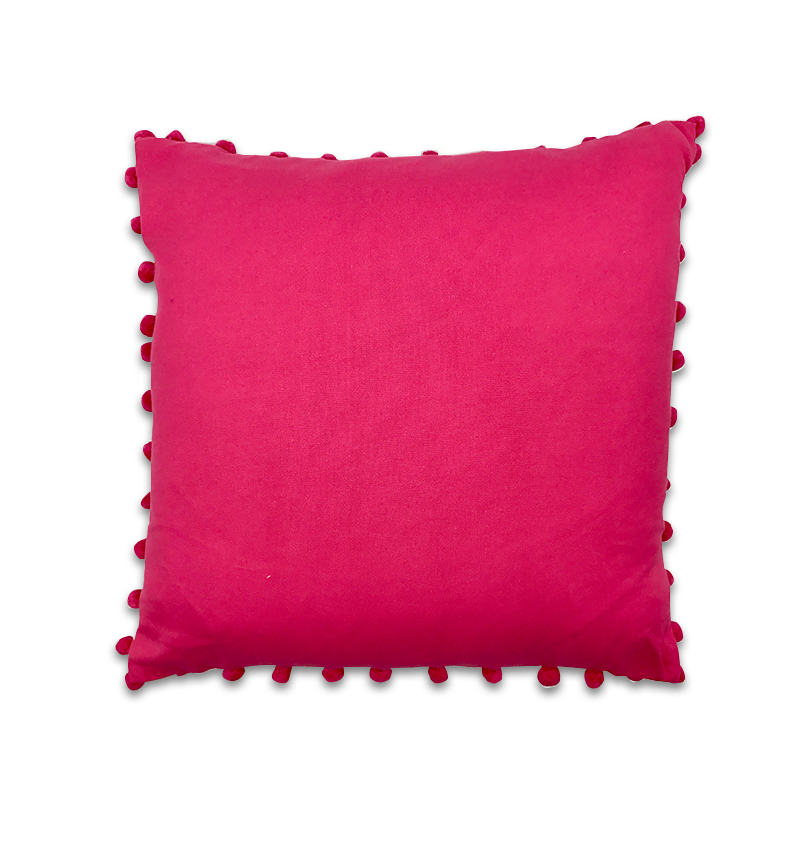
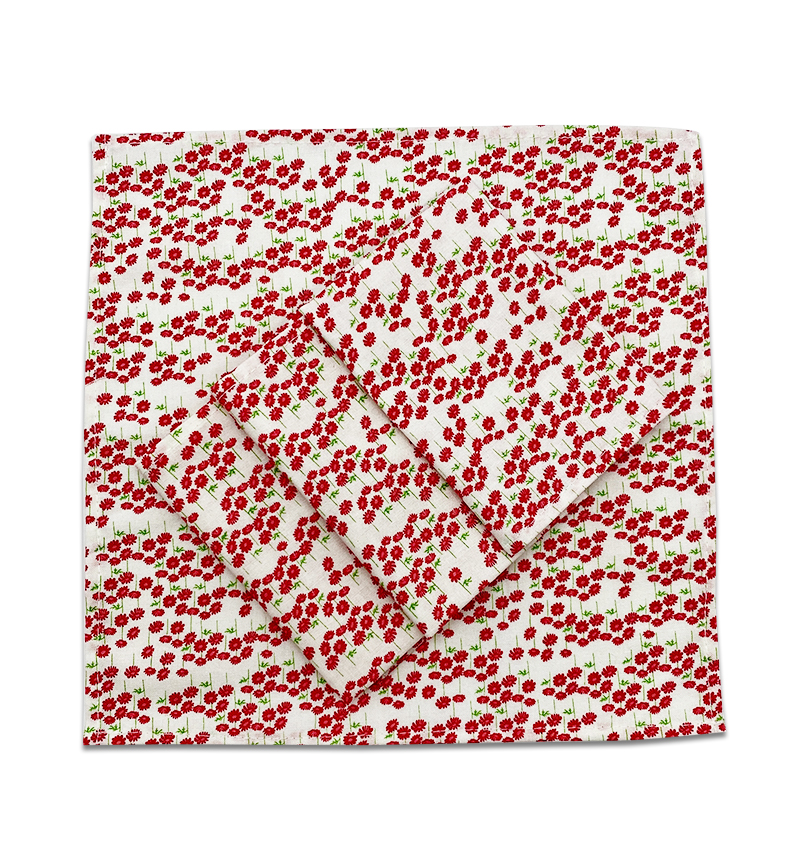
NEVER REUSE TEA
You won’t get a stronger flavour of tea by leaving the tea to steep longer. If you want a bolder taste, just add more tea! There’s also nothing wrong with squeezing the teabag if that’s the form you’ve gone for, but only do this if you’re adding milk as it’ll help mask an otherwise too bold or bitter flavour.
HAVE A BISCUIT!
It’s time to enjoy your tea with a bite-sized snack. Who can resist a scrumptious baked good?! Don’t mind if we do.
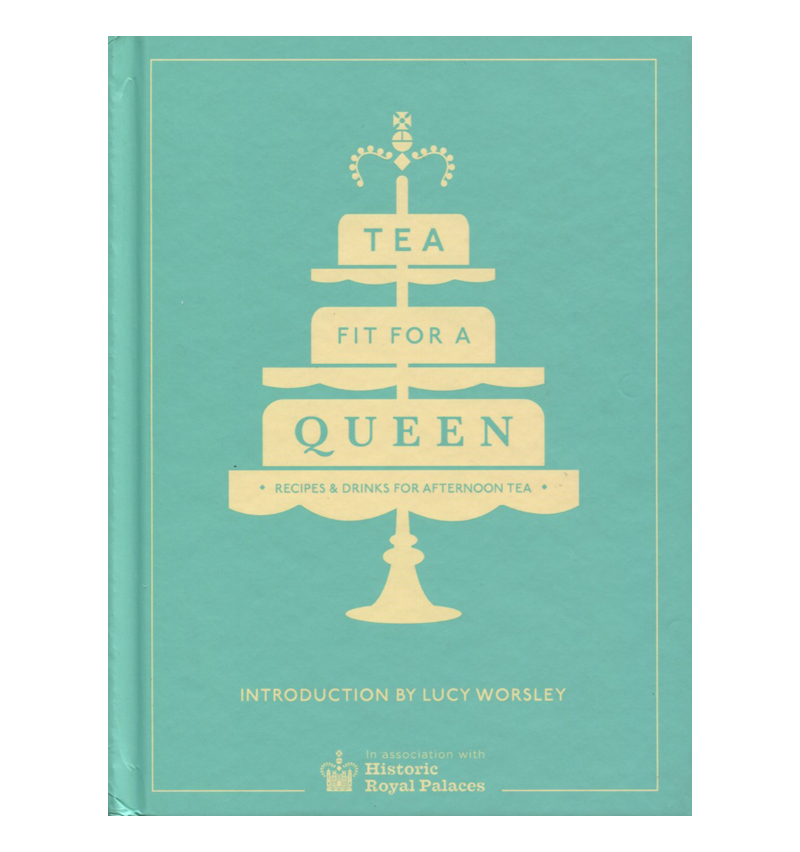
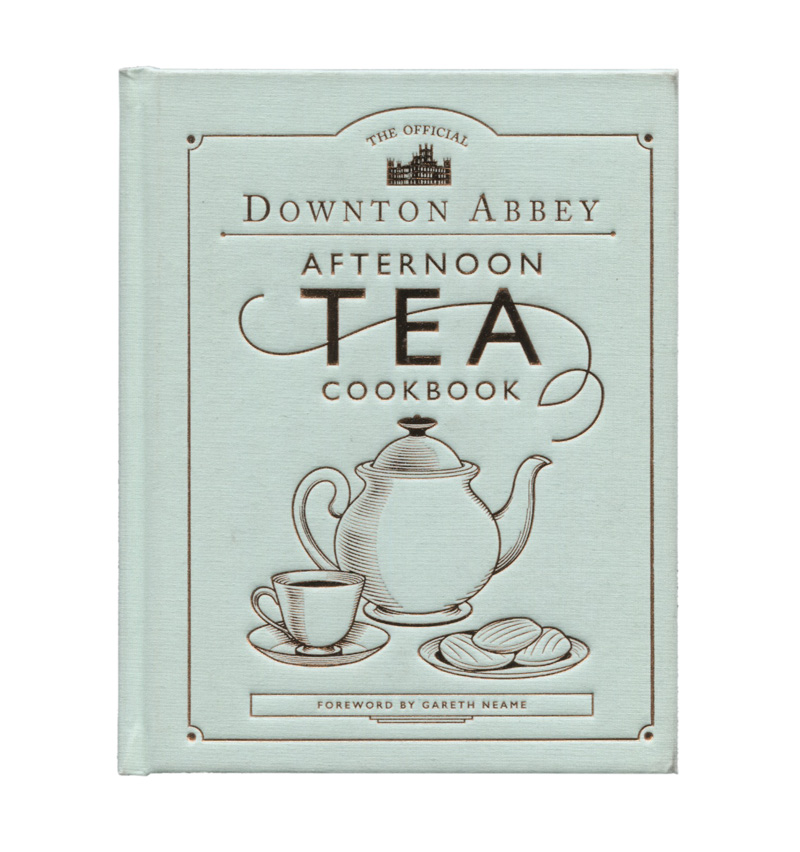
Keep an eye out for the final blog post in our tea party campaign where we’ll be talking about the most popular types of tea available in the world!


